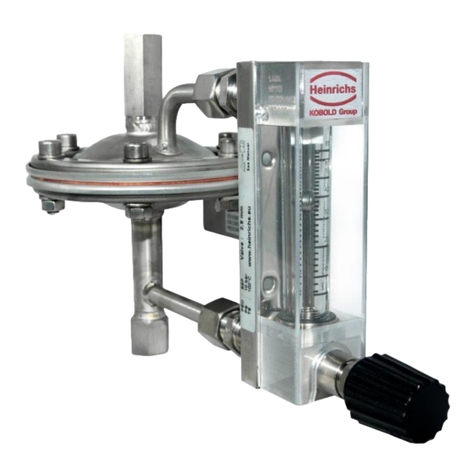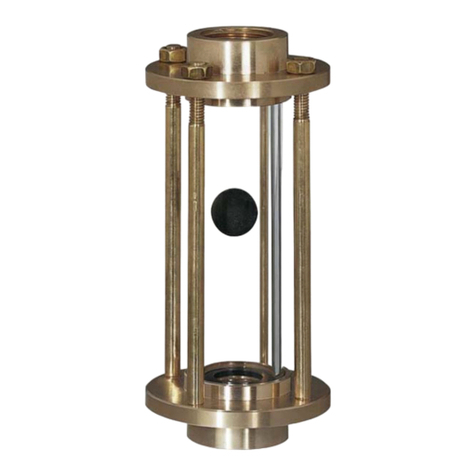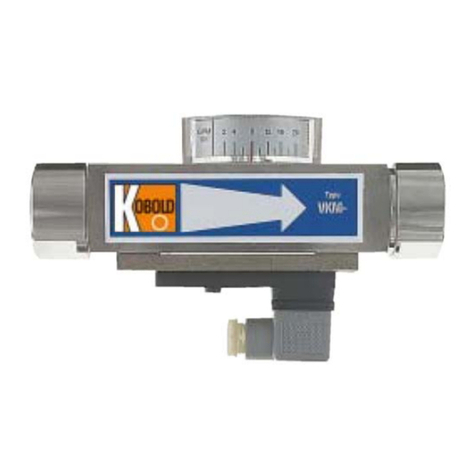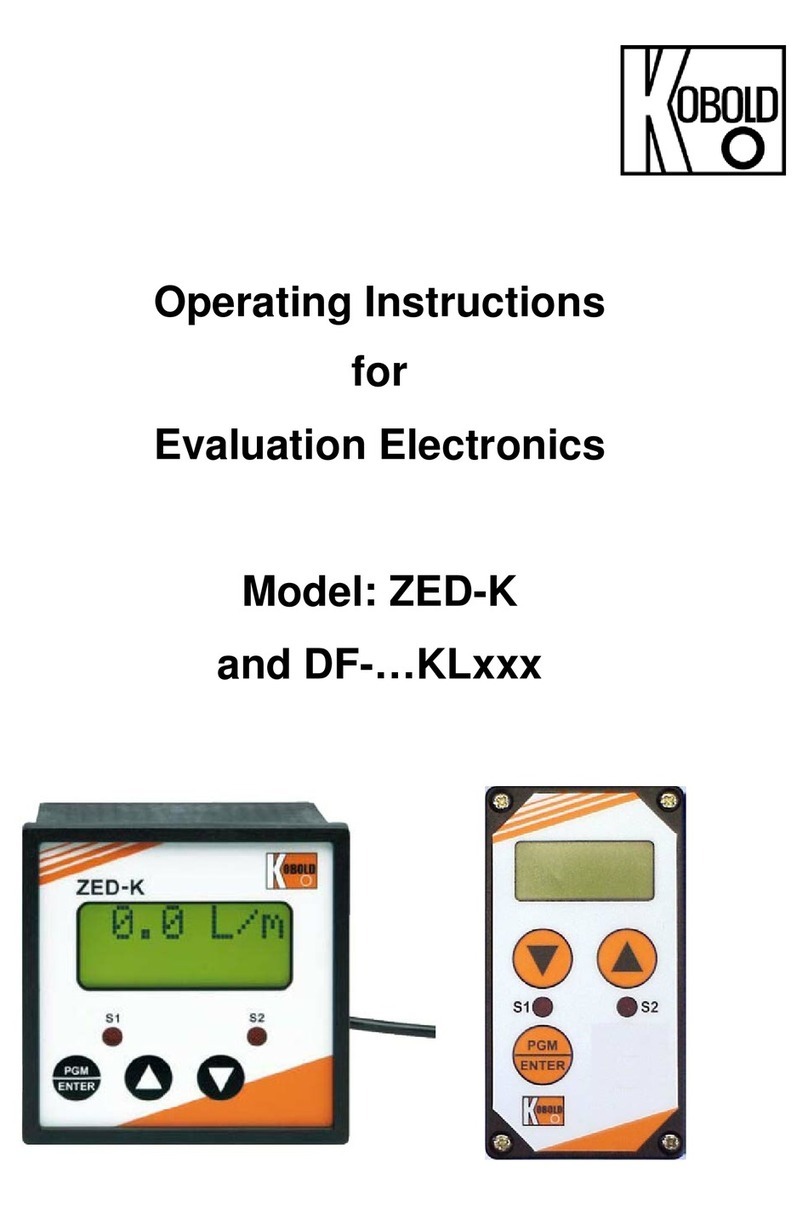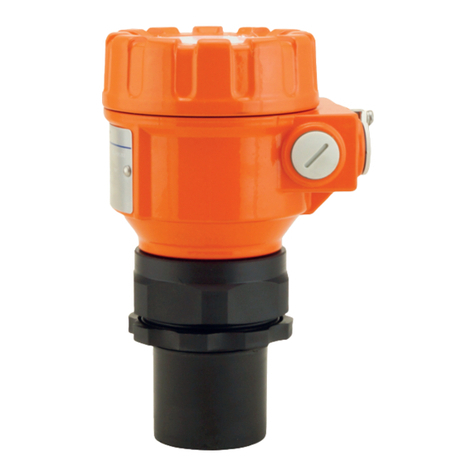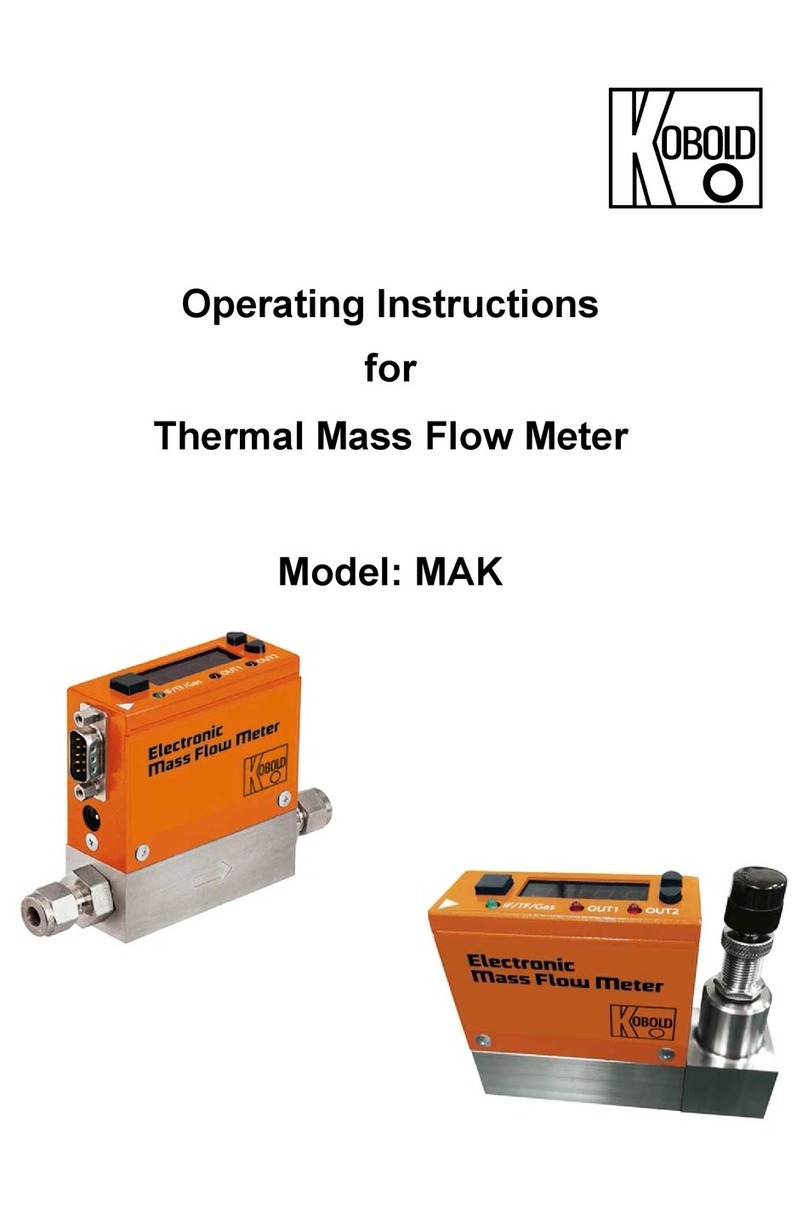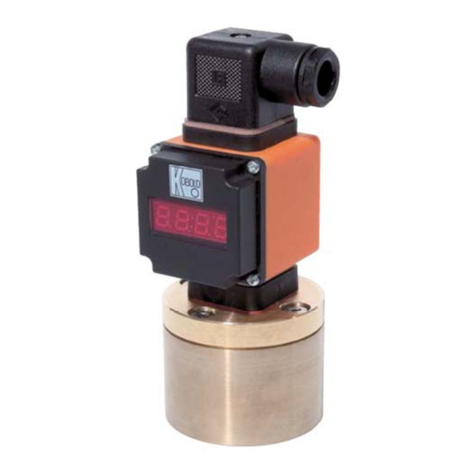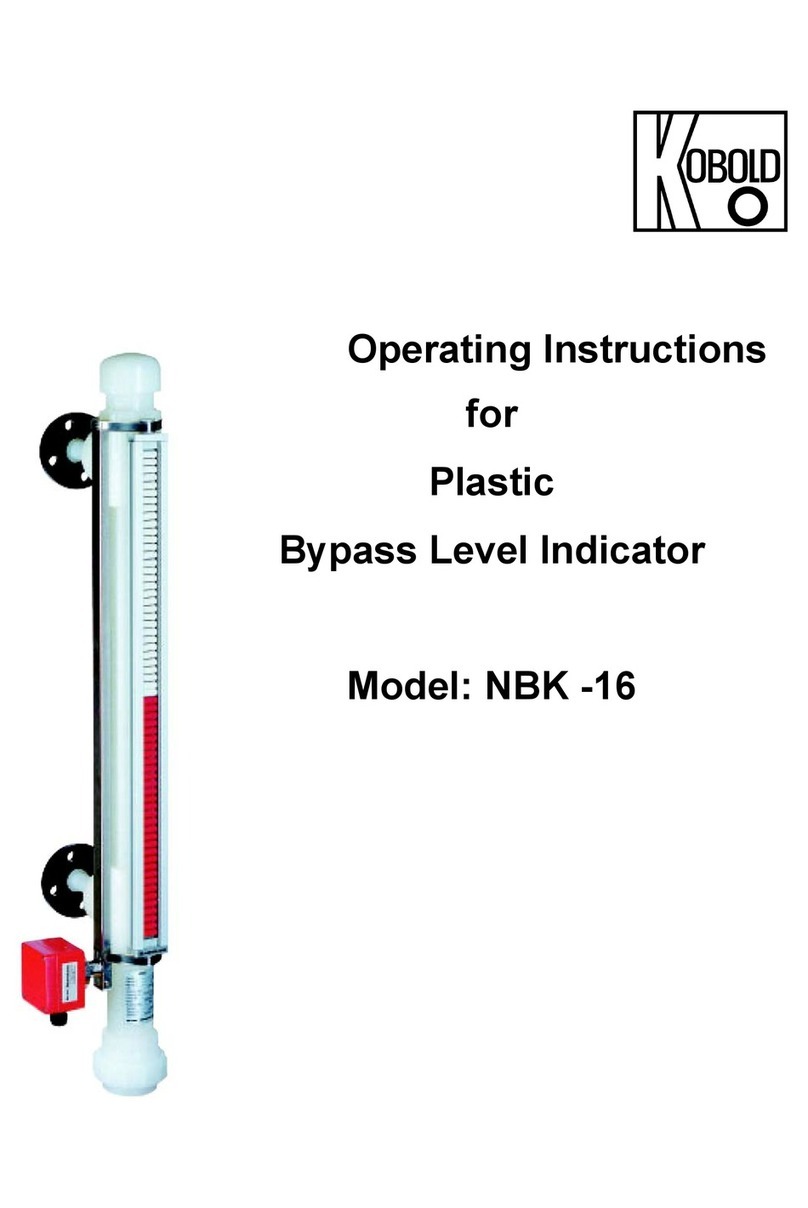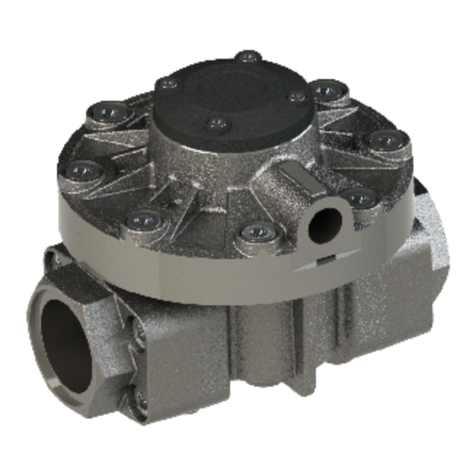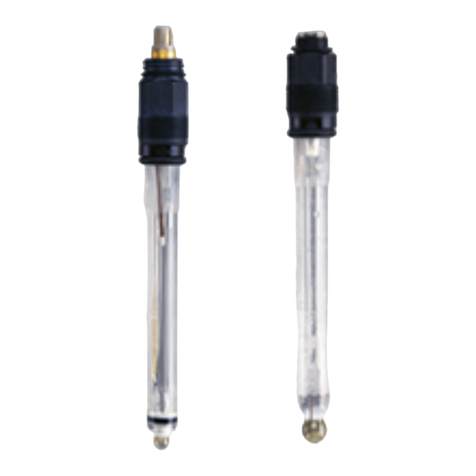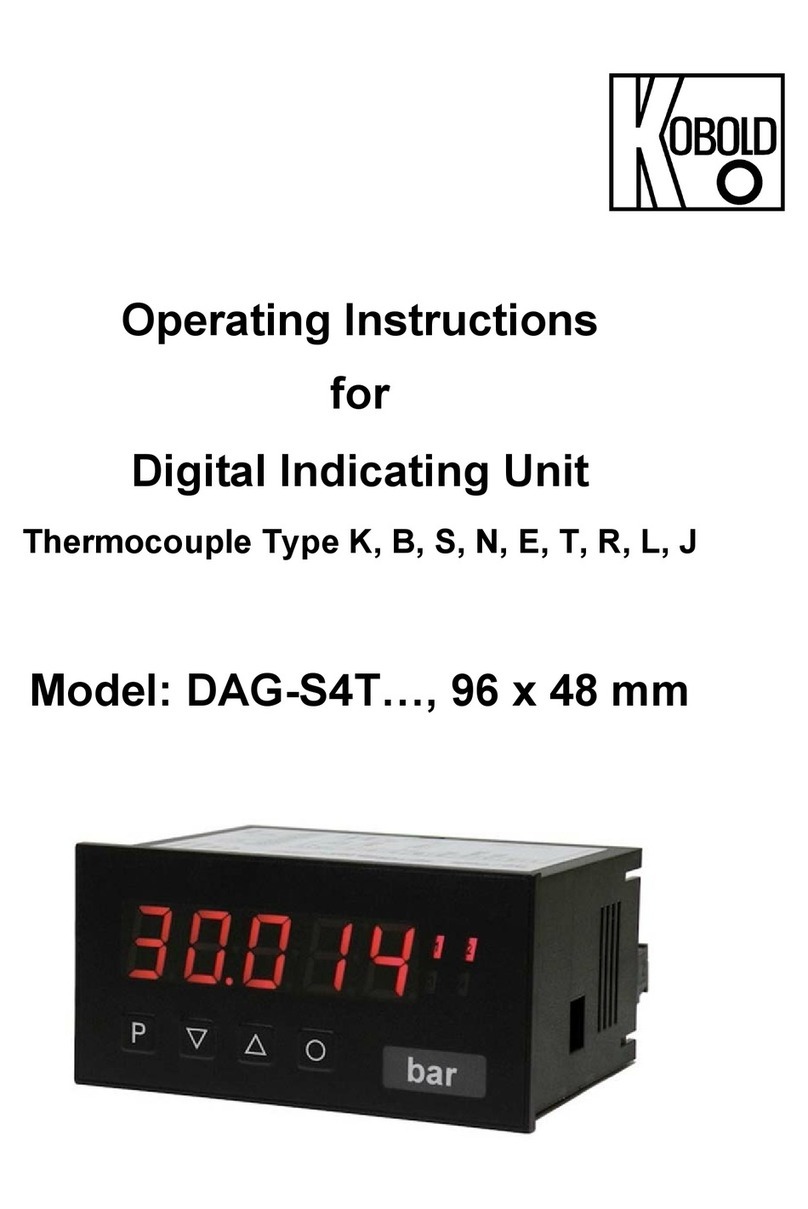
HND-R106
page 2 HND-R106 K09/0422
1. Contents
1.Contents ........................................................................................................ 2
2.Note .............................................................................................................. 4
3.Instrument Inspection .................................................................................... 4
4.Regulation Use ............................................................................................. 4
5.Operating Principle ........................................................................................ 5
6.Electrical Connection and Maintenance Advice ............................................ 5
6.1Mains operation ................................................................................... 5
6.2When to replace battery ....................................................................... 5
6.3Temperature probe .............................................................................. 6
6.4Damaged electrode ............................................................................. 6
7.Safety Requirements ..................................................................................... 6
8.Instrument Description .................................................................................. 8
8.1Displays ............................................................................................... 8
8.2Pushbuttons ......................................................................................... 8
8.3Connections ......................................................................................... 9
8.4Pop-up clip ........................................................................................... 9
8.5Start Operation .................................................................................. 10
9.Principles of the measurements .................................................................. 11
9.1pH measurement ............................................................................... 11
9.2ORP measurement ............................................................................ 11
9.3rH measurement ................................................................................ 12
9.4pH electrode ...................................................................................... 13
9.5Calibration of pH measurement ......................................................... 14
10.Configuration ............................................................................................... 18
11.Universal output .......................................................................................... 21
11.1Serial Interface ................................................................................... 21
11.2Analog Output .................................................................................... 21
12.Input adjustment .......................................................................................... 22
13.GLP ............................................................................................................. 23
13.1Calibration interval (C.Int) .................................................................. 23
13.2Calibration storage (rEAd CAL) ......................................................... 23
14.Real Time Clock (“CLOC”) .......................................................................... 24
15.Accuracy Check / Adjustment Service ........................................................ 24
16.Error and System Messages ....................................................................... 25
17.Technical Information .................................................................................. 26
18.Preparation of ph Buffer Solution ................................................................ 27
19.Order Codes ............................................................................................... 29
19.1pH-value for rH-measurement ........................................................... 29
19.2Accessories ....................................................................................... 30
20.EU Declaration of Conformance ................................................................. 31




